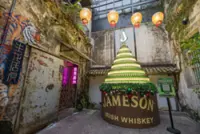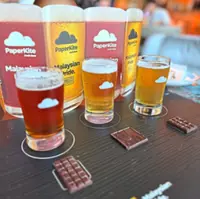The Margarita is arguably the most famous of all tequila cocktails. —Photos: Filepics
It has been a while since I’ve featured tequila, but since it was World Tequila Day recently, and I’ve just attended a number of tequila tastings lately, let’s do another recap of this Mexican spirit.
First of all, for those of you who may not be as familiar with tequila, here are a few quick facts to know about it. First of all, tequila can only be made in Mexico, and only from one species of agave plant, the blue agave.
Already a subscriber? Log in
Save 30% OFF The Star Digital Access
Cancel anytime. Ad-free. Unlimited access with perks.





